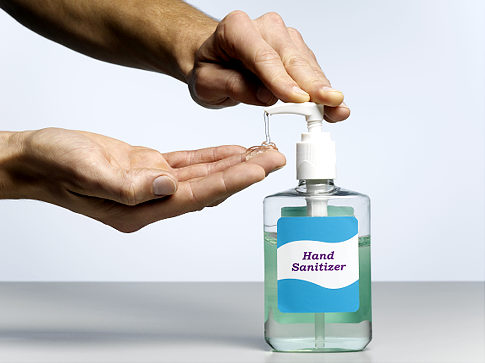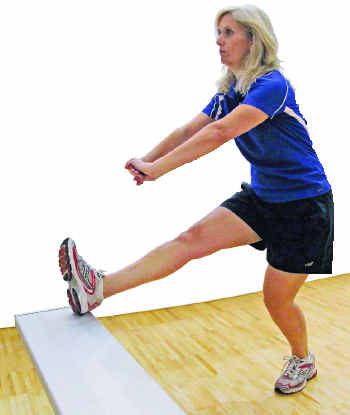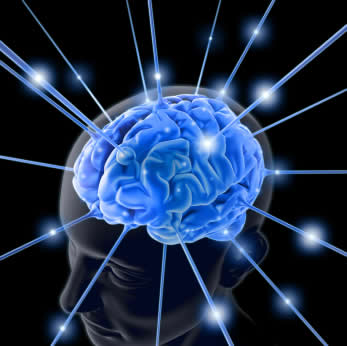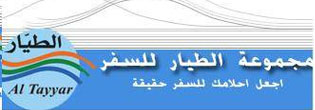Business & Finance Club - Health : In many parts of Europe August can be the hottest month of the year so if you're going on holiday, make sure you're prepared.
Heatstroke
Heatstroke is when your body loses its ability to regulate its temperature. A temperature of 40C or more is a life-threatening condition. Sweating large amounts, lethargy, dizziness, thirst and muscle cramps are all trouble signs. You may also feel sick. The best way to avoid heatstroke is to stay out of the sun (or any hot confined place) and drink fluids regularly. Although you lose some salt in sweat, it usually isn't enough to need extra amounts, though add a pinch to your food if you want. Don't exercise in the heat. Regularly dip into water – try tepid showers – and carry damp flannels for babies and young children. A wide-brimmed, floppy hat that you can dunk in water to cool your head down is helpful.
Dehydration
Trust your kidneys. If you are passing good amounts of pale urine then you've got enough fluid on board. If not, you need more water. Fruit juice and sports drinks are also fine, as is tea – a recent study has shown that it doesn't act as a diuretic and so won't make you lose fluids. But alcohol does. If you are dehydrated, you will become confused and lethargic.
Heat rash
Heat rashes are caused by sweat glands not being able to clear the large amounts of sweat we produce in the heat. The skin gets bumpy and itchy; rashes can appear anywhere but they are often on the torso. Babies tend to get them on their necks and chests, and sometimes their groin area. Heat rashes are best avoided by wearing cool, light cotton clothes and taking regular tepid showers. Try to spend time in any place with air-conditioning or fans.
Eye damage
Sunglasses provide the best protection from bright sunshine. Look for ones that block 99-100% of UV-A and UV-B rays. You can get a painful burn on the front of your eye from the reflections of UV light. Wraparound sunglasses provide extra defence.










